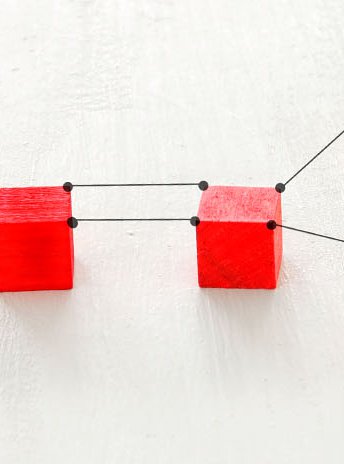It is a multifunctional space designed to respond to the Anatomy, Physiology and Imaging study needs of the main species covered in Veterinary Medicine. In this space, the aim is to seek the integration of knowledge. To that end, it presents the necessary resources for the study of Anatomy—related to the function and recognition of organs or systems—and facilitates this through the technique of diagnostic imaging. This way, from the very first year, students learn to interpret the image of a healthy organ through radiology, ultrasound, CT or MRI.
In these areas, you can work with anatomical and mannequin models of large and small species in synthetic material, models for surface anatomy study, and state-of-the-art equipment for virtual dissection and digital histology, among other activities. These facilitate the acquisition of knowledge of the anatomy and function of each organ or anatomical structure in a practical way. In addition, images of the main diagnostic tests of healthy structures can be displayed.
The goal is for students to acquire the basic training that their courses demand in these fields in a holistic and comprehensive manner.
It is an open space adapted for both teacher-led training and to serve as a classroom for autonomous learning where students can go to use the available resources during their hours of study.
The subjects that benefit from this space are all those in the Structure and Function branch. It is a space for integrated learning of anatomy, histology, embryology, physiology, radiology, ultrasound and other imaging techniques. Dynamic station-based activities that the students complete during the lesson, using different tools/equipment: exploration tables, anatomical pieces, life-size fiber animals (horse, cow, goat, pig, dog), laptops, iPads and equipment for virtual dissection, among others.
The Structure and Function Laboratory possesses materials and resources that make it a foundational tool in the training of health sciences students, such as:
- Individual lockers to store students' personal items.
- Mobile exploration tables allowing for the space to be easily adapted to each activity.
- Area with computers, iPads and equipment for virtual dissection, histology and imaging.
- Extensive ossuary of natural and synthetic bones.
- Extensive collection of anatomical models.
- Main Atlases and bibliographic references needed for this area of study.
- Imaging banks.
This space can be divided with panels to adapt to the needs of the activity or the size of the groups.
